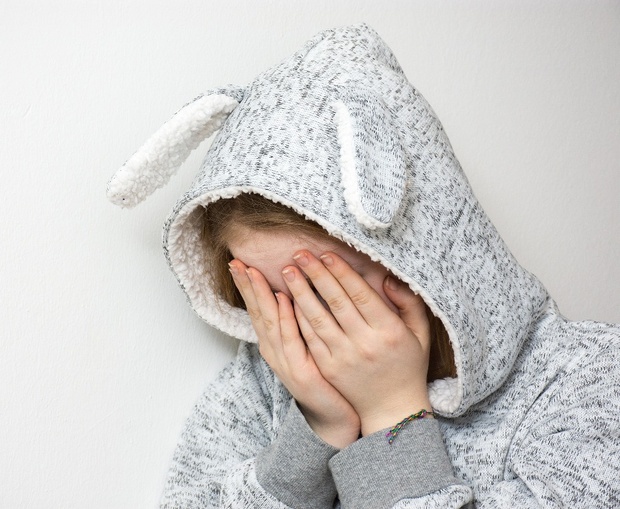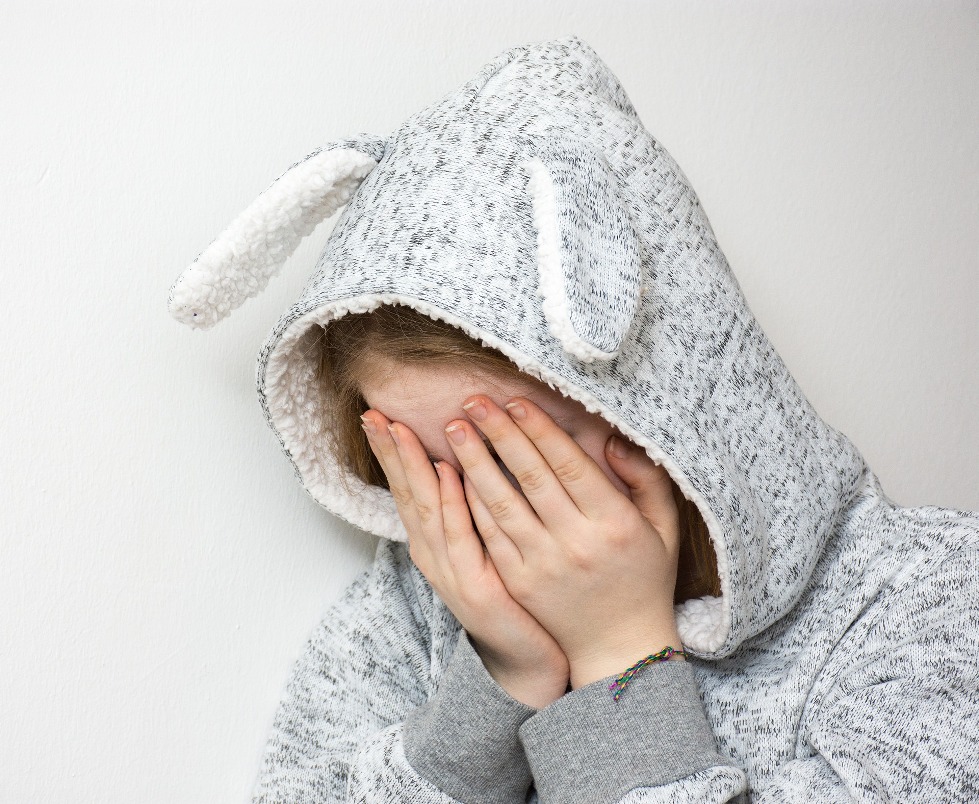Despite being so prevalent, bullying is largely under researched in Aotearoa, according to Dr Aaron Drummond, senior lecturer within the school of psychology at the University of Tasmania.
“NZ has the third highest bullying rates in the OECD,” Drummond says.
“And one of the big problems, of course, is that this comes at a time when we’ve also got incredibly high youth suicide rates and youth depression rates in Aotearoa.”
Keen to gain a better understanding of the concerning phenomenon, Drummond has authored an observational study of more than 4000 Aotearoa 15-year olds, looking at possible risk factors for bullying victimisation, including school competitiveness, social media use, and parental support.
“Really, our key finding is that there were a couple of things that had stronger effect sizes than others,” Drummond explains..
“[A sense of] belonging to school, so the feeling of being a part of school ... was associated with lower chances of being bullied, whereas, having a more competitive school climate was actually associated with a greater risk of being the victim of bullying.”
Kayleen Clark-Howard is a lecturer in Massey University’s school of education, and an expert in the area of inclusive education.
She is well aware of the critical nature of ‘school belonging’ for students.
“Belonging is considered a core human need,” Clark-Howard says.
“And when a student feels a sense of belonging, they feel included, accepted, recognised and supported, which has a direct impact on wellbeing.”
Clark-Howard says a sense of belonging can certainly act as a protective factor against bullying, while also building resilience and social and emotional wellbeing.
So how do school leaders create environments in which students feel they belong.
“I think there’s quite a lot that can be done,” Clark-Howard says.
“If we look at the definition of belonging, it talks about students being included, accepted, respected and supported, especially the research says, by their teachers and adults around them.”

Massey University’s Kayleen Clark-Howard says when a student feels a sense of belonging, they feel included, accepted, recognised and supported, which has a direct impact on wellbeing.
Striving for inclusive and connected learning environments which welcome, acknowledge, value and respect all students is key, she says.
“I think that leaders, through professional learning and development and ongoing support, mentoring, collaborating, modelling, can embed this inclusive education through their school policies, their culture and their practice.”
Clark-Howard suggests normalising difference, promoting strong teacher-student relationships and designing spaces which reflect diversity.
“Even offering safe spaces for students to deregulate can be helpful,” she adds.
“The other thing leaders can do is offer warm, welcoming, positive and authentic environments with respectful and reciprocal relationships.
“Encourage and model simple things like smiling, using students’ names, asking about students’ interests, their cultures, checking in on them, all of these have been found to increase student belonging,” she says.
Clark-Howard acknowledges that young people across Aotearoa are facing a multitude of challenges, including increased psychological stress, anxiety, depression, disengagement and absenteeism.
She also says a lack of time and resources can make providing inclusive, equitable, connected learning environments challenging.
“I think that some ways to overcome this, are if school leaders can access counsellors and collaborate with professionals to support our students,” she says.
“Things like personalised learning and differentiation have been found to support belonging,” she continues.
“One solution for teachers is to adopt frameworks such as the Universal Design for Learning.
“This fosters diverse ways of engaging with the material, increases engagement, meets individual need and thereby increases motivation, engagement and outcome.”
Clark-Howard says it’s very important that staff have the time to learn and embed these practices.
“When schools focus on wellbeing and school belonging, this affects students’ learning and enables all learners to reach their potential, even with these barriers,” she says.
Drummond’s research also suggests minimising the competitive culture within a school might have a positive impact on bullying reduction.
His research found a link between students who were bullied, and those who felt they were in a highly competitive school environment.
“It was the feeling that they were in an environment ... with limited resources, positions and places.
“That strong sense of competitiveness is probably associated with bullying because people feel like it’s a zero-sum game, in order for some to win, others have to lose.
“So creating a more cooperative environment where everyone can achieve is likely to be an important goal for schools,” he says.
Drummond has plans to conduct further research in this area.
“Bullying is a serious problem that can lead to long-term mental health issues such as anxiety, depression, and suicide,” he says.
“We really need to get a better sense of what it is that causes students to be the victims of bullying in those settings and what we can therefore do about it.”















